GHS Pictogram Chart & Guide Comply with GHS Requirements as Part of the OSHA HazCom 2012 Standard
GHS pictograms are symbols with red diamond borders that are designed to provide hazard information to handlers of chemicals universally at a glance. There are 9 different pictograms that identify risks in three different categories including: chemical/physical, health, or environmental.

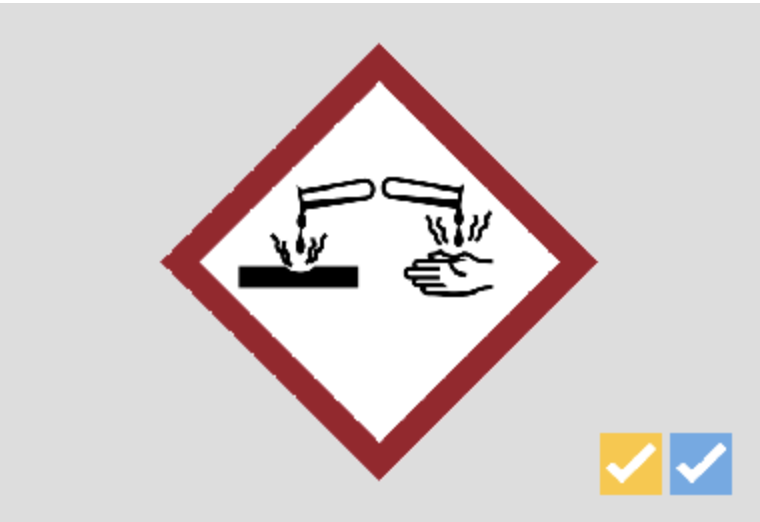
Corrosive
(Corrosion Pictogram)
Identifies chemicals with the following hazards:
- Skin corrosion
- Eye damage
- Corrosive metals
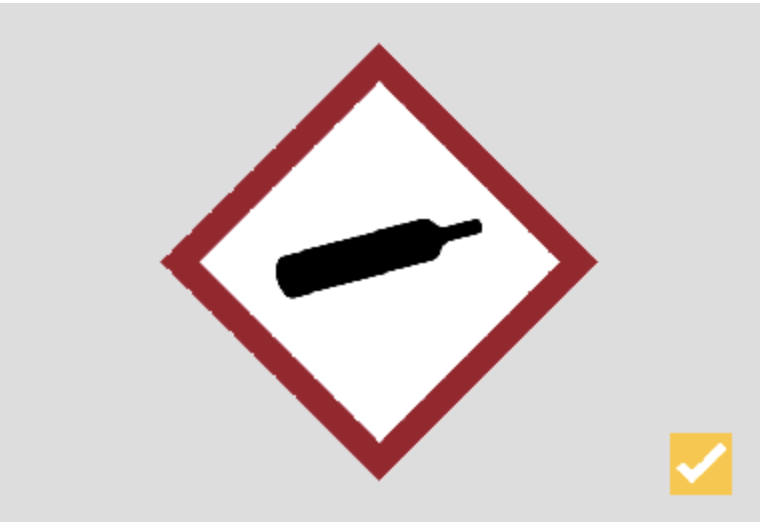
Gas Cylinder
(Cylinder Pictogram)
Identifies chemicals with the following hazards:
- Gases under pressure
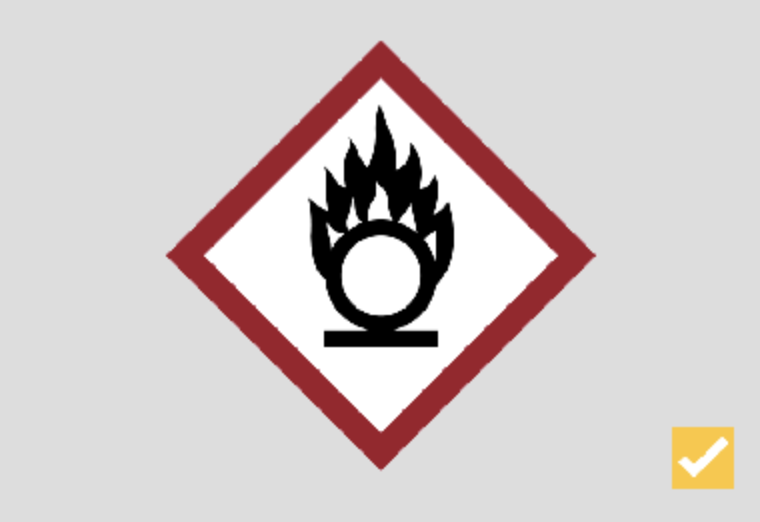
Oxidizing
(Flame over letter "O" Pictogram)
Identifies chemicals with the following hazards:
- Oxidizers
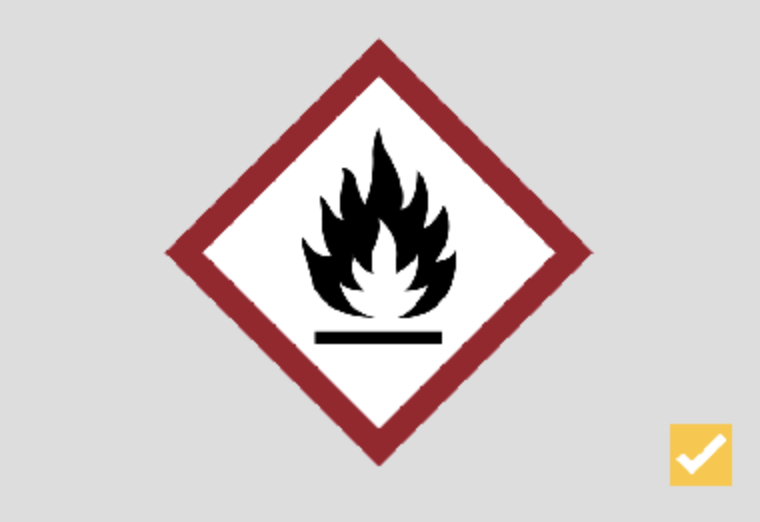
Flame
(Flame Pictogram)
Identifies chemicals with the following hazards:
- Flammables
- Pyrophorics
- Self-heating
- Emits flammable gas
- Self-reactives
- Organic peroxides
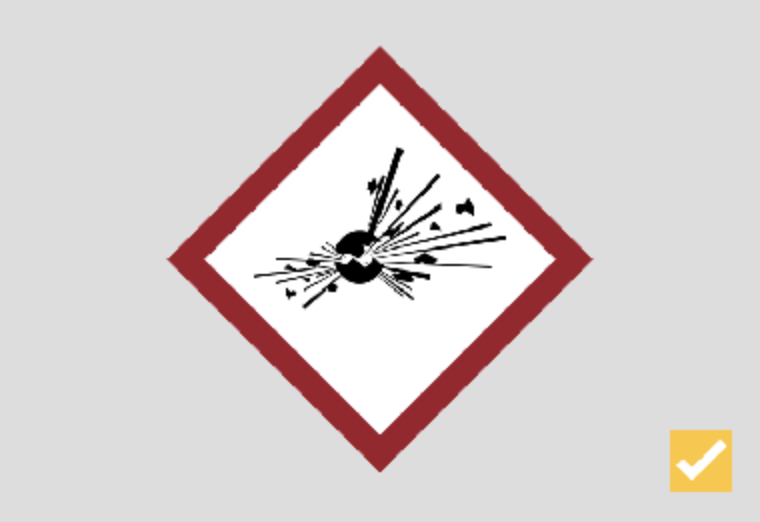
Explosive
(Exploding Bomb Pictogram)
Identifies chemicals with the following hazards:
- Explosives
- Self-reactives
- Organic peroxides
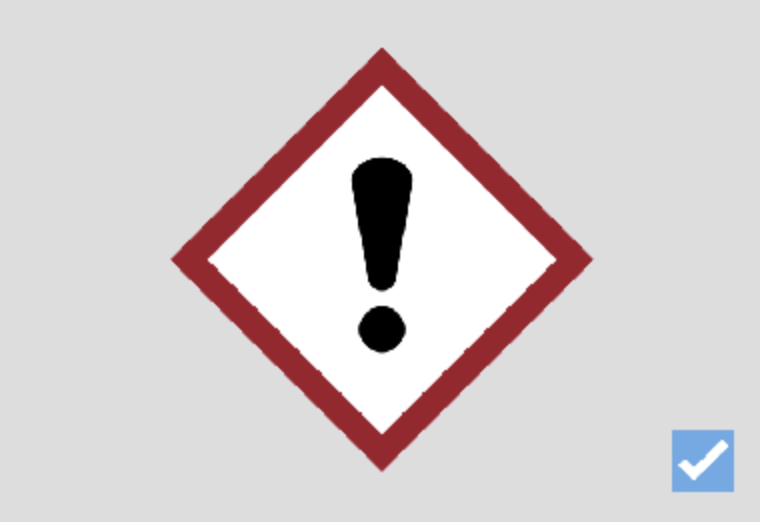
Acute Toxic
(Exclamation Mark Pictogram)
Identifies chemicals with the following hazards:
- Irritant (skin & eye)
- Skin sensitizer
- Acute toxicity (harmful)
- Narcotic effects
- Respiratory tract infection
- Hazardous ozone layer (non-mandatory)
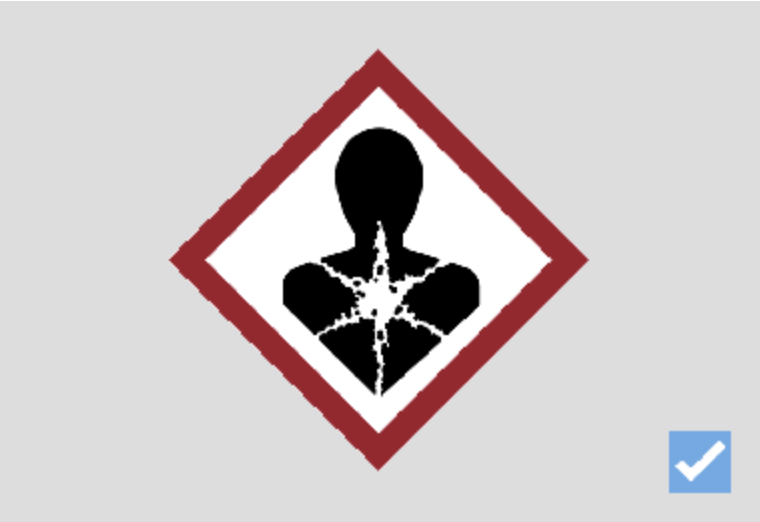
Health Hazard
(Health Hazard Pictogram)
Identifies chemicals with the following hazards:
- Carcinogen
- Mutagenicity
- Reproductive toxicity
- Respiratory sensitizer
- Target organ toxicity
- Aspiration toxicity
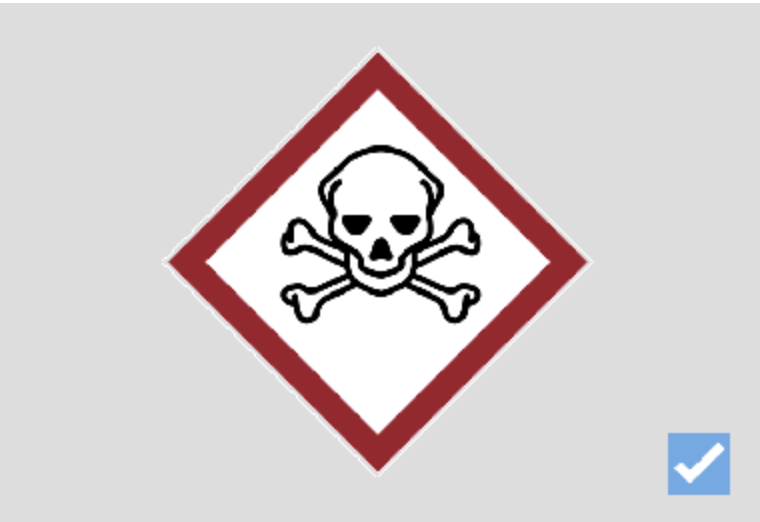
Severe Toxic
(Skull & Cross Bones Pictogram)
Identifies chemicals with the following hazards:
- Acute toxicity (fatal or toxic)*
*GHS Acute Toxic symbol is used for less severe toxicity
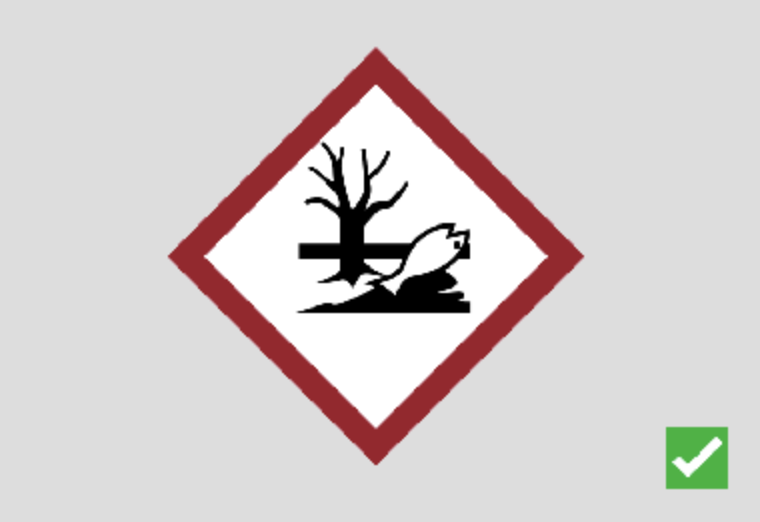
Environmental (Not mandated in US)
(Environment Pictogram)
Identifies chemicals with the following hazards:
- Aquatic toxicity
